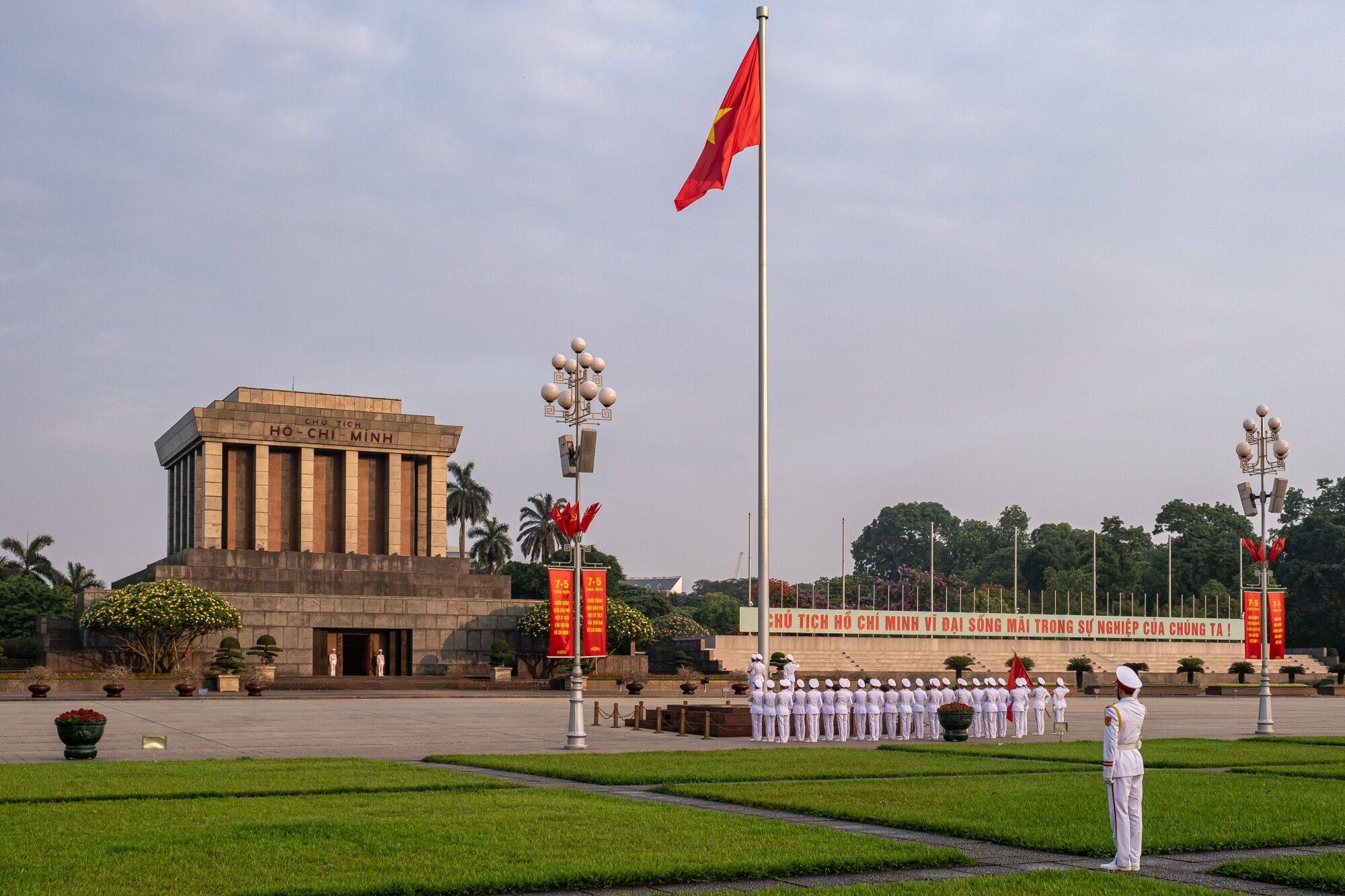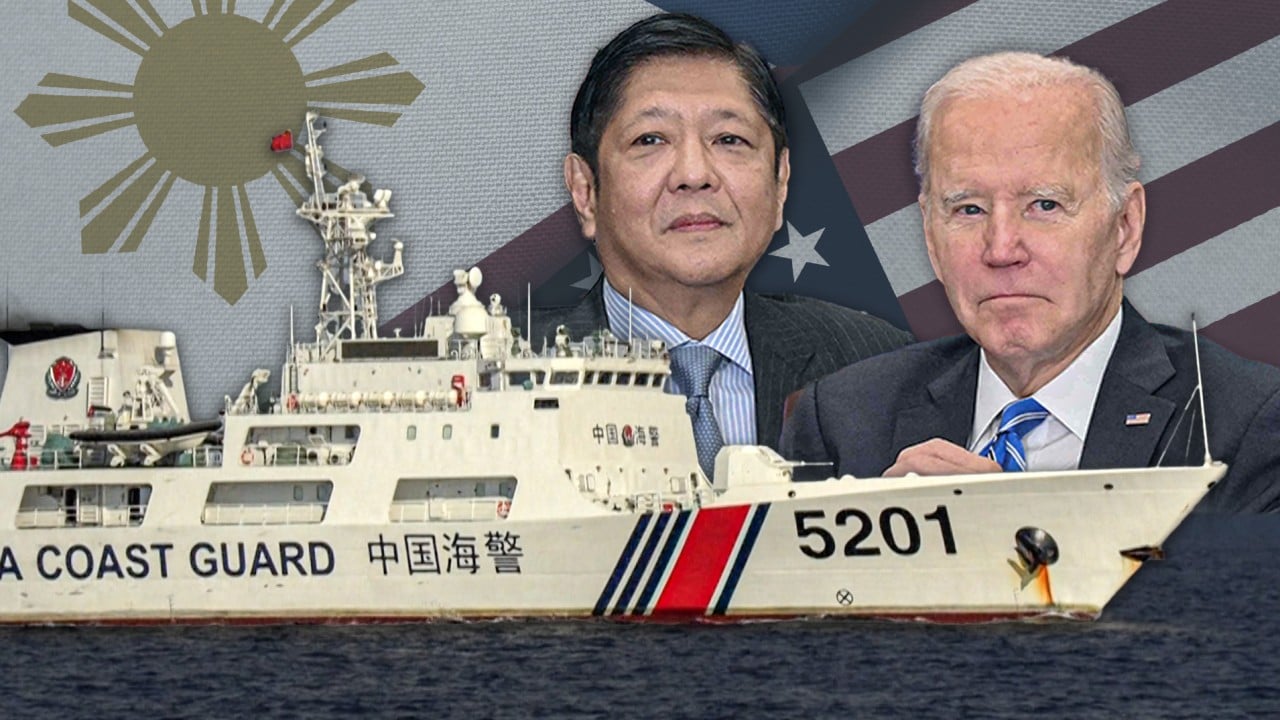Analyst Collin Koh thinks the idea of a Nato-like Asian security alliance is a propaganda ploy.
“It’s nothing more than a Chinese political gimmick to try to shape the public narrative about the network of US alliances and partnerships and its role in maintaining regional peace and stability,” said Koh, a senior fellow at the S. Rajaratnam School of International Studies’ Institute of Defence and Strategic Studies in Singapore.

Ray Powell, a former US Air Force colonel and director of SeaLight – a project based in Stanford University that aims to track maritime “grey zone” activities – called China’s Nato accusation “hyperbolic”.
Powell likened American strategic ties with the Asia-Pacific to a wheel, with the US serving as the hub and the spokes leading out to various allies.
Beijing’s contention is that the set-up will eventually morph into a super alliance “to maintain the US-led hegemony” in the region.
US Lieutenant General Stephen Sklenka has said he would “sleep better at night” if there were an Asian Nato, but told The Sydney Morning Herald in report published on MondayJune 10 “that’s not happening”.
Powell said that Asian countries with ties to the US were now forming their own relationships “out of necessity” amid China’s aggression in the region, but such a network was a long way from turning into a Nato analogue.
An Asian Nato would require of its members “high levels of interoperability and even commonality, which involves not just common tactics, techniques and procedures but even joint defence procurement”, Koh said.
Yet countries such as Japan and South Korea were not allied with each other despite being treaty allies of the US, Koh said, due to Seoul having “an abiding reservation” against any direct involvement by the Japanese military on the Korean peninsula.
“I’m not sure Beijing seriously believes an Asian Nato could be formed in the same vein as the original transatlantic Nato,” Koh said. “If the bar is set this high, I don’t think it’s even possible to conceive of such a multilateral alliance being constituted.”
According to Ricardo Jose, a professor of history at the University of the Philippines, “Seato failed entirely because most of the members were colonial powers.”

According to Jose, Seato’s defence policy also differed significantly from Nato’s. Whereas Nato members are obliged to come to the aid of any ally that is attacked, Seato members were only required to follow their own domestic constitutional processes before deciding whether to take action.
Seato members did not commit to a joint command or standing army, and the alliance was formally dissolved in 1977.
Analysts say the same problems that hampered Seato would similarly afflict any effort to create an Asian Nato, given the vastly different interests and lack of common ground among potential member states.
“Even if the US wants to form a Nato here, I don’t think it will happen,” retired admiral Ong told This Week in Asia. “Asia is made up of diverse cultures and religious affiliations.”
Koh agreed. “I don’t think regional countries would want an Asian Nato to form; and I don’t think Washington and its allies even seriously entertain such an idea,” he said.

Koh questioned why regional countries would opt for a Nato-like organisation if it was “more flexible” to stick to the current format of alliances and partnerships.
“Will they wish to lock themselves in, considering that being part of an alliance does carry with it commensurate responsibilities and obligations, given the need for burden-sharing and division of labour – all of which require immense political and resource commitments?” he said.
Some regional governments might not want to be seen as “part of an anti-China containment scheme”, he said, and likely see the current partnership network, which could be expanded to include more minilaterals, “prudent as a way forward”.
The Philippines is already taken steps in this direction, recently securing a new logistical support pact with New Zealand while also nearing a military access deal with Japan. Ong described the Philippines as an “outlier within Asean” – it has been a vocal opponent of Beijing’s actions in the South China Sea, in contrast to the bloc’s more cautious approach – and said it likely felt the need to forge additional alliances.
But such initiatives are a long way from the Nato-style regional pact of Beijing’s imagining.
“Beijing has essentially overhyped this Asian Nato narrative, creating a red herring while it embarks on an assertive, and in many ways more muscular and coercive, approach in dealing with regional hotspot issues such as the case of South China Sea,” Koh said.


